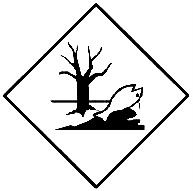FROM ANOTHER THREAD: (HERE)
I:
All I can say for a fact is that there’s to be a big meeting in Glasgow tomorrow (18th) due to kick-off at 10:30.
Then
gsm31:
Dave,any updates on what,if anything, was decided at the meeting?
Copied, pasted and answered here to avoid hijacking an OP with an unconnected topic. ![]()
Hi gsm31, it was a consultation meeting, so nothing concrete was decided.
Background. The UK is a member of ADR. When a country joins ADR, it must appoint somebody, usually a Government department, to be the Competent Authority (CA) for all ADR matters upon that country’s territory
In the UK, the CA function is performed by the Department for Transport (DfT.) In turn, the DfT has ‘subbed out’ some of the functions, for example the Scottish Qualifications Authority (SQA) are the examining body, and they’re responsible (to the DfT) for the approval and continuous monitoring of ADR courses, premises and instructors. SQA also marks the exams and transmits the results to DVLA, Swansea. The authority to print and issue ADR licences is given to DVLA Swansea, but DVLA is still answerable to the DfT and must perform as per the DfT contract. There are other ‘subbed out’ functions, but they’re not relevant to this discussion. However, the DfT remain in overall charge.
Proposals One of the proposals was that the idea of ‘pick-and-mix’ training as done in the UK should be got rid of on the grounds that the UK is in breach of ADR with regard to driver training. For many years, it has been possible (in the UK) to do a ‘pick-&-mix’ of the ADR modules. For example, the bottled gas (LPG) industry typically had Core, Packages and UN Class 2, because that’s all their guys needed to carry gas cylinders. In the same way, the petrol delivery industry just did Core, Tanks and UN Class 3, which covered them for flammable liquids carried in tankers.
Although there are some ‘vested interests’ who asked me to come up with a counter argument to this, I was unable to come up with a legal argument against it. ![]() Since this was a consultation meeting, I’d say it’s far from decided yet, because the DfT might tell us that it’s OK to carry on as we are. Personally, I hope they do, but I’m prepared that they might not.
Since this was a consultation meeting, I’d say it’s far from decided yet, because the DfT might tell us that it’s OK to carry on as we are. Personally, I hope they do, but I’m prepared that they might not. ![]()
Another proposal was that we get rid of the present idea of the way that ‘refresher’ training is carried out. The present system allows that a person may renew their ADR entitlement by attending a ‘cut-down’ (by approx 50%) version of the original course they attended. The proposal is to get rid of the idea of ‘cutting-down,’ but to retain the idea of refreshing but by attending the full version of the original course. My own opinion of this is that I agree that a 50% cut down after almost 5 years isn’t helpful to the candidate, because it places far too much strain on both them and the instructor to adequately ‘refresh’ that knowledge, when we take into account all changes in the law in that 5-year period. The statistics seem to prove that guys doing refreshers under the current system are struggling to pass the exams. In my opinion, this is due to the way we have to ‘blitz’ the refresher training. Again, we must wait for the DfT to make the final ruling.
Another proposal is to shorten the initial ADR course to Core, Packages and seven classes to three days including taking the exams, compared to the 3.5 days we have at present. In the same way, it’s also been proposed to shorten the tanker module to one day, rather than the 1.5 days we have at present. This proposal, if adopted, will potentially affect my income. ![]()
You can have a guess at my opinion of that, but there won’t be any prizes if you guess correctly. ![]()
Having said the above, it’s all speculation until the DfT says what is going to happen, since it was a consultation meeting for SQA to get the views of the training industry before submitting their proposals to the DfT for inclusion in forthcoming legislation.

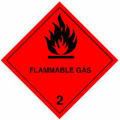

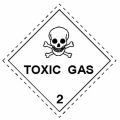

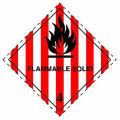
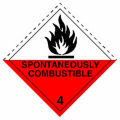
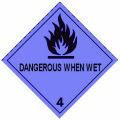
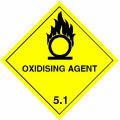
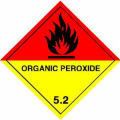
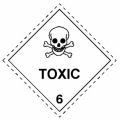
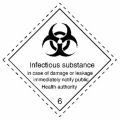

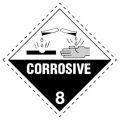
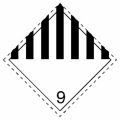
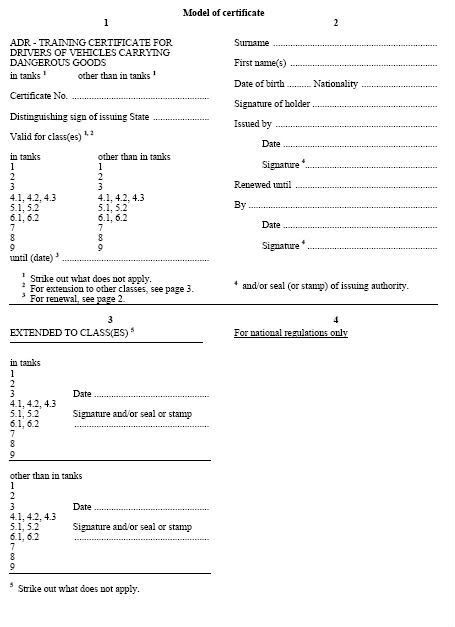
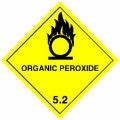 …[NEW 5.2 LABEL
…[NEW 5.2 LABEL 
